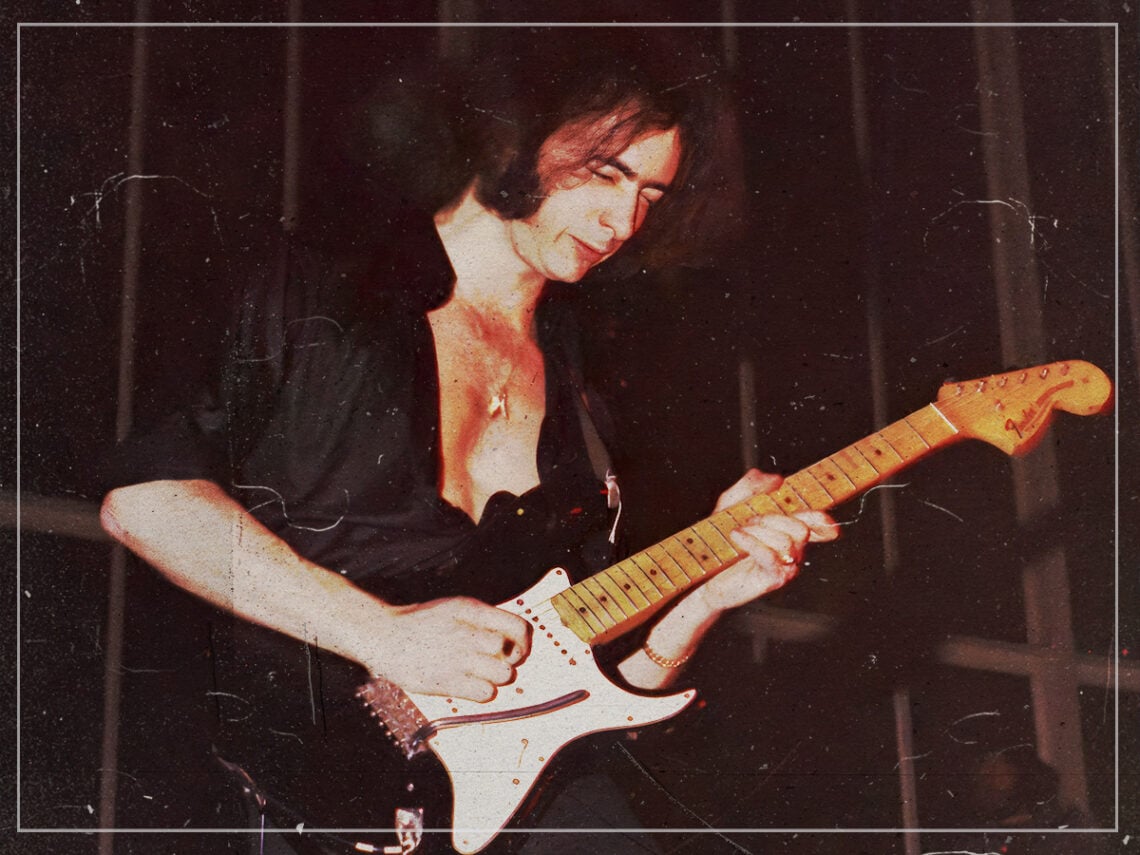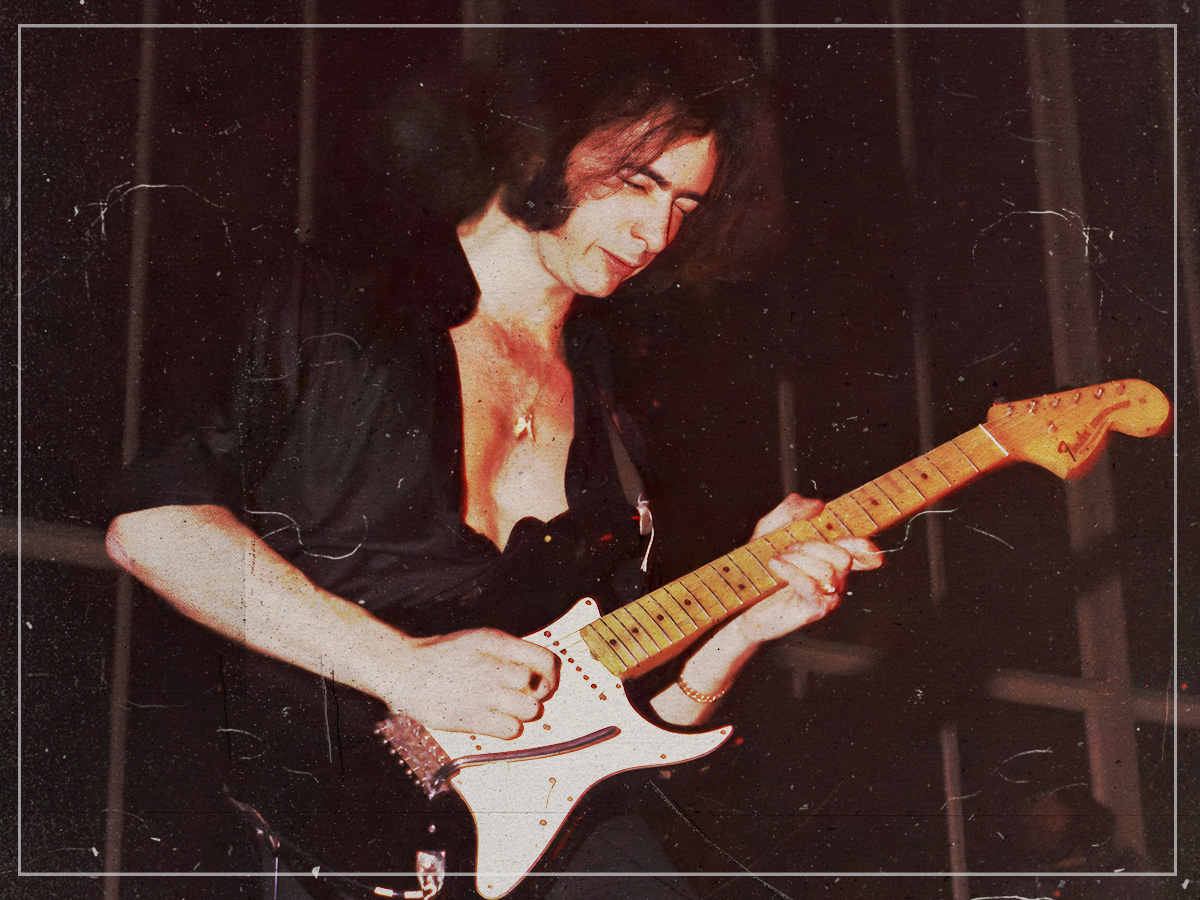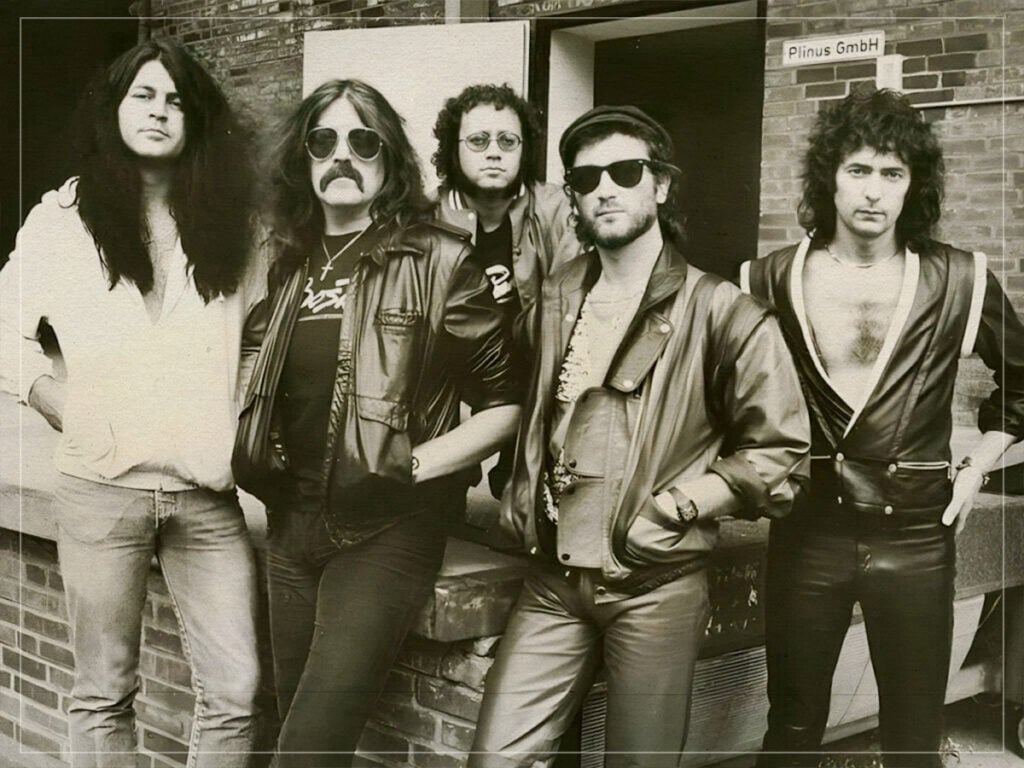
(Credits: Far Out / Gladstone~dewiki)
Sat 16 August 2025 17:00, UK
The sun seemed to permanently shine on Margaret Street, London, in 1968.
Perhaps this was an illusion caused by its position on the precipice of Fitzrovia and Marylebone, with the junction naturally catching more light than the weaving streets that wander towards it. But more likely, its perennial brightness was born from the dazzle of tie-dye-clad hipsters, raucous eccentrics, merchant gangsters and heavily cologned pop stars who all flocked to one particular joint in the neighbourhood.
The Speakeasy Club was a private members’ bar, cunningly located amid a cluster of recording studios. Its notorious ownership had an art-crime appeal. And the trifector that completed the appeal was that ‘friendly characters’ flocked to it. So, groups like The Who could happily spill out of a late-night session and stumble straight into the hazy daze of the room. The band’s immortal lyric summed it up quite nicely: “Speakeasy, drink easy, pull easy.”
Emerging acts would play for a low fee, hoping to catch the eye of an industry bigwig with a hulky cheque book or even simply to dine out on the lifelong cache of being able to say, ‘I played in front of Jeff Beck, Ginger Baker, Marianne Faithfull and the Kray twins, and it was all on the same night!’
Austin Powers and a plethora of young groups hoping to make it weren’t the only ones drawn in by this swanky appeal. The biggest stars of the day weren’t just in the audience, they also frequently clambered up on stage. With their bloodstream flush with the bedevilling hubris of drink, the stage at the fabled Speakeasy became a talent contest, atypically, awash with the greatest talent of the entire age.
Ritchie Blackmore – a regular who you suspect was more of the slouching in the corner with a cynical scowl rather than the mixing in the middle of it sort of guy – figured that one band always came out on top. Speaking about his special relationship with Deep Purple’s keyboard player, John Lord, Blackmore heaped praise on their mutual favourite live act.
“Back in the late ’60s, there were few organists who could play like Jon,” he said of his prog-pioneering pal. “We shared the same taste in music. We loved Vanilla Fudge – they were our heroes,” he told Guitar World in 1991.
The potent group from Long Island, New York, were renowned for their on-stage ferocity. While their drummer, Carmen Appice, obviously he had a vested interest in singing his own group’s praises, he told Songfacts, “We played with Hendrix, Cream, The Who, and at times, we blew everybody off the stage. We were a very hard act to follow. We were known for being very aggressive live and different from anyone else. We were wondering who was going to blow us off the stage – it was Led Zeppelin.”
Blackmore’s assessment ratifies his claim. “They used to play London’s Speakeasy and all the hippies used to go there to hang out – Clapton, The Beatles – everybody went there to pose,” he recalled. “According to legend, the talk of the town during that period was Jimi Hendrix, but that’s not true. It was Vanilla Fudge.”
They weren’t just fierce and ferocious, they were also innovative, too. As Blackmore concludes, “They played eight-minute songs, with dynamics. People said, ‘What the hell’s going on here? How come it’s not three minutes?’ Timmy Bogert, their bassist, was amazing. The whole group was ahear of its time.”
They might not have had huge commercial success beyond ‘You Keep Me Hangin’ On’, which may well be the greatest Motown cover of all time, and they stuttered in and out of periods of inactivity, but they certainly had a big influence.
As Appice concludes, “So, initially we wanted to be a Vanilla Fudge clone. But our singer, Ian, wanted to be Edgar Winter. He’d say, ‘I want to scream like that, like Edgar Winter’. So that’s what we were – Vanilla Fudge with Edgar Winter!”
Related Topics

